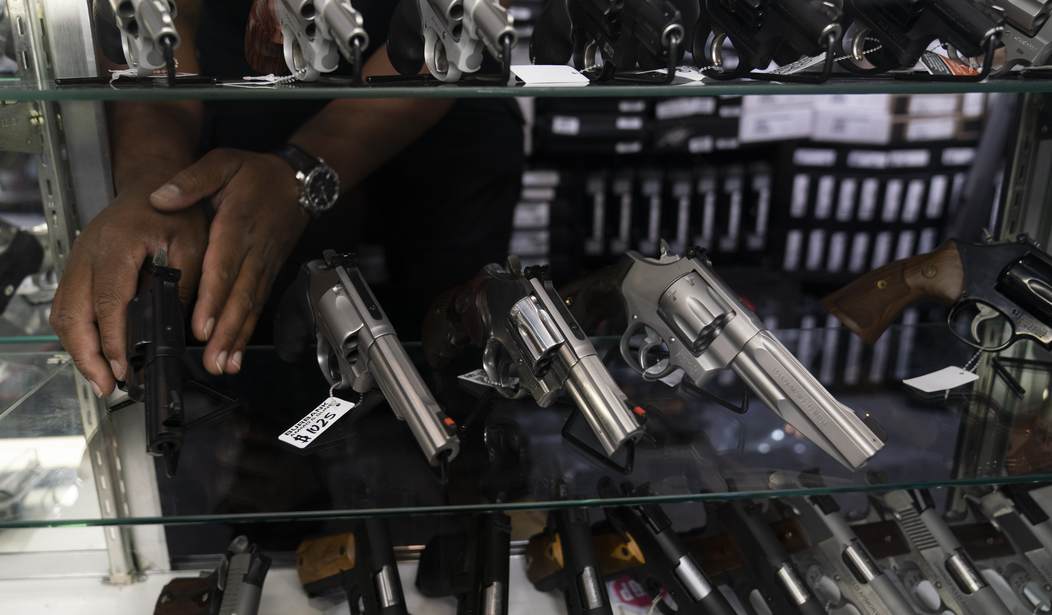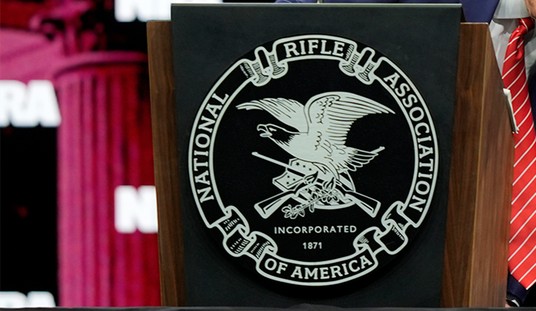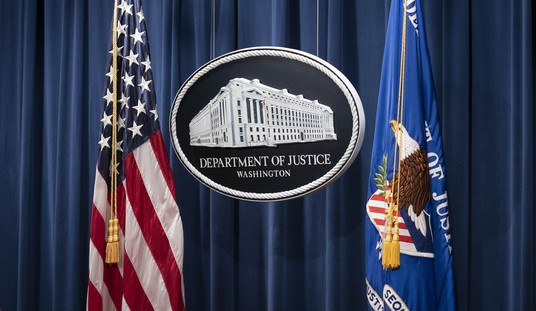While there’s no reason to expect neutrality from the media when it comes to the subject of guns. However, I’ve said before that I can at least respect The Trace because they wear their biases on their sleeves for all to see while everyone else tries to pretend they don’t exist.
That doesn’t mean The Trace should get a pass when their biases get in the way of accuracy.
It seems they engaged in a bit of conspiracy theorizing regarding amicus briefs leading up to Bruen, and Reason’s Volokh Conspiracy took it apart.
If you’re looking for a website like QAnon, but catering to gun control advocates, you will enjoy some articles from The Trace, a gun control website founded and funded by Michael Bloomberg. In August, The Trace presented a conspiracy about the amicus briefs filed in New York State Rifle & Pistol Association v. Bruen. The article was reprinted by Politico. Will Van Sant, The NRA’s Shadowy Supreme Court Lobbying Campaign, Politico, Aug. 5, 2022.
The 12-brief conspiracy
The Politico reprint of the Trace article opens with snazzy graphics. Forty-nine amicus brief were submitted in the Bruen case: “12 of those briefs were filed by people or institutions who had received millions of dollars from the NRA, a Trace and Politico Magazine investigation found. Only 1 brief disclosed the financial connection.” According to Van Sant, “neither the justices nor the public were told that 11 of these ostensibly independent voices owed their livelihoods in part to the NRA.” Let’s look at some of his examples.
But was there really some major conspiracy designed to tilt things a certain direction? Was the NRA a nebulous and shadowy organization that paid good money out and expected organizations to step up and produce desired results?
Not really.
As author David Kopel from the Independence Institute notes, the links aren’t the slam dunk The Trace would like for you to think.
For example:
In 1991, the Law Enforcement Alliance of America (LEAA) was created by San Jose police officer Leroy Pyle. The then-police chief of San Jose, Joseph McNamara, was one of the leading gun control spokesmen in America. McNamara attempted to fire Pyle for Pyle’s Second Amendment advocacy. Pyle ended up winning his case, thanks in part to the excellent work of his attorney, who happened to be the daughter of California Senator Dianne Feinstein. Later, Jim Fotis succeeded Pyle as head of LEAA, and LEAA received substantial donations from NRA. Although LEAA is apparently now defunct, in its day it advocated for the viewpoint of most rank and file law enforcement officers: skepticism about gun control and support for strict punishment of violent criminals.
In Bruen, an amicus brief was filed by The League for Sportsmen, Law Enforcement and Defense, which is based in Virginia. Van Sant’s article reports:
“Those of us involved with the League have been involved in 2nd Amendment advocacy for decades,” attorney Christopher Day, counsel of record on the brief, said by email in response to a request for comment. “The League is not affiliated with the NRA, nor received any financial support from them.” The League is led by James Fotis, who for many years oversaw an NRA-supported effort to elect judges and state attorneys general who opposed firearms restrictions.
According to Van Sant, it was “shadowy” for the League’s 2021 brief not to disclose in that brief that the League’s president had, years before, headed an organization that received NRA grants.
That is not what the Supreme Court Rules say, nor should they. Consider some career attorneys at the U.S. Department of Justice. During their employment, they “owed their livelihoods” (Van Sant’s phrase) to the DOJ. Later, they left the DOJ for private practice, and still later they wrote an amicus brief supporting a DOJ position in a Supreme Court case. Per Van Sant’s theory, the former DOJ lawyers must disclose their past DOJ employment in their amicus brief.
Van Sant alleges that there was a deep level of coordination behind Bruen, coordination that is somehow shady and improper.
However, Kopel provides a different perspective. For one thing, coordination by the attorneys with friendly groups is normal. the idea is for various different groups to provide different briefs on different topics to minimize overlap on any one aspect. Again, Kopel argues that this is normal. That means both sides likely do so.
Yet how about with Bruen? Was there a higher level of coordination, one that overstepped the line? Not only does Kopel say it didn’t, he argues there wasn’t any.
At least from my perspective, NRA “coordination” of amicus briefs in Bruen was nonexistent. I have written dozens of amicus briefs, and Bruen was the only time a side that I was supporting refused to supply any information. The normal procedure is that a party’s lawyers know who the friendly amici are and share a list with other friendly amici. That way, all the amici can “coordinate” (as the practice manuals urge) by ensuring that the contents of their various briefs address different topics and do not overlap.
Van Sant writes, “the current disclosure rule doesn’t contemplate the level of coordination that exists between filers and counsel for cases.” Actually, in Bruen the level of coordination was zero.
However, Kopel notes that Van Sant has his own issues with reality, interpreting Supreme Court rules in his own manner, not the way the Court interprets them, then apparently pens articles for The Trace accusing others of impropriety.
See, the problem here is that The Trace’s bias makes them so laser-focused on “gun groups evil” that they can’t fathom that maybe they’re not.
This isn’t functionally different than how the NRA’s donations to politicians are treated like political payoffs while Everytown’s and Giffords’s donations are just normal, acceptable things in American politics. They aren’t any significant differences in what’s taking place other than the positions on the given issue.
It’s entirely likely that similar relationships exist within the framework of those who filed amicus briefs for the other side in Bruen. Van Sant just didn’t care to look because those aren’t the evil ones.
Kopel does, though:
Rather than adhering to The Trace‘s fanciful interpretation of Supreme Court Rules, the Independence Institute adheres to the rules themselves. So do the briefs filed by Everytown for Gun Safety, The Trace‘s sister organization. Everytown amicus briefs never disclose donors, including donors who contributed with the intent that some of the donation would be used to fund amicus briefs.
Again, I respect that The Trace doesn’t hide their biases. I don’t respect it when they let those biases get in the way of intellectual integrity.








